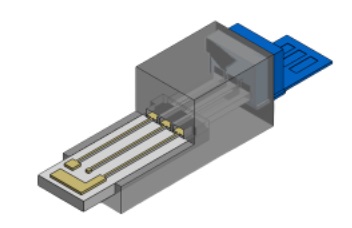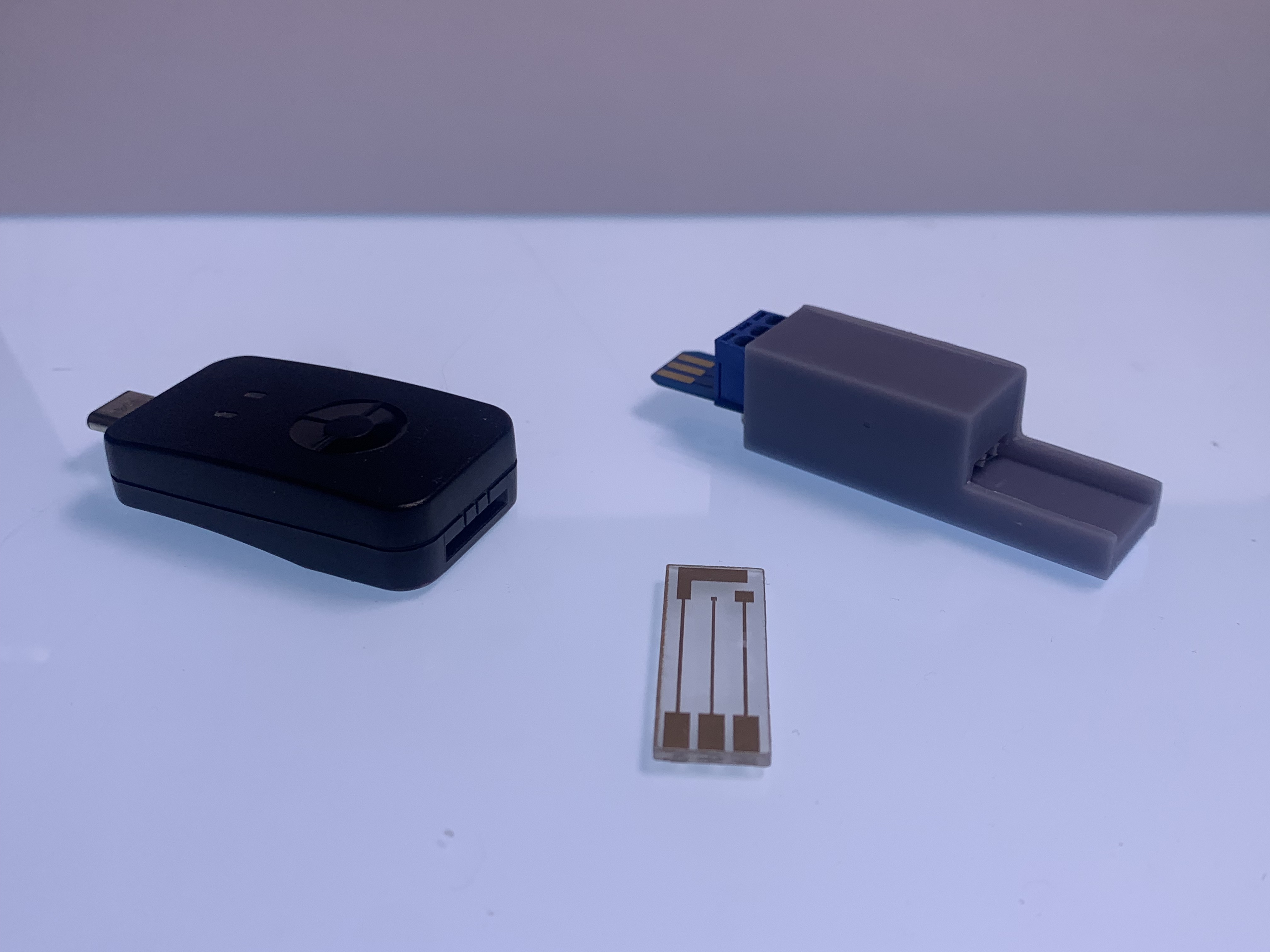Developing a novel electrochemical sensor using aptamers to detect Covid-19, CSF, cortisol, and more in minutes.
Aptamers are short, single stranded DNA or RNA that bind to a specific molecular target such as a protein or hormone. This is a cost effective point of care device that quickly and accurately detects the presence of various biomarkers in nasal fluid.

OUR WORKFLOW
First a sterile cotton tipped nasal swab will gently pass through a nostril. The swab is placed in a collection tube and stirred thoroughly with a buffer solution. The lid of the collection tube has an attachable dropper. Next, multiple drops from the collection tube will be placed on the electrodes of the MiniCell. After a few minutes the Potentiostat will measure a current difference. The phone connected to Potentiostat will state the amount of cortisol found via Android app (PStouch).
OUR PITCH
A presentation on the clinical need for our device. The original pitch focused on CSF detetction, but we have shifted towards cortisal testing due to unforseen delays.







